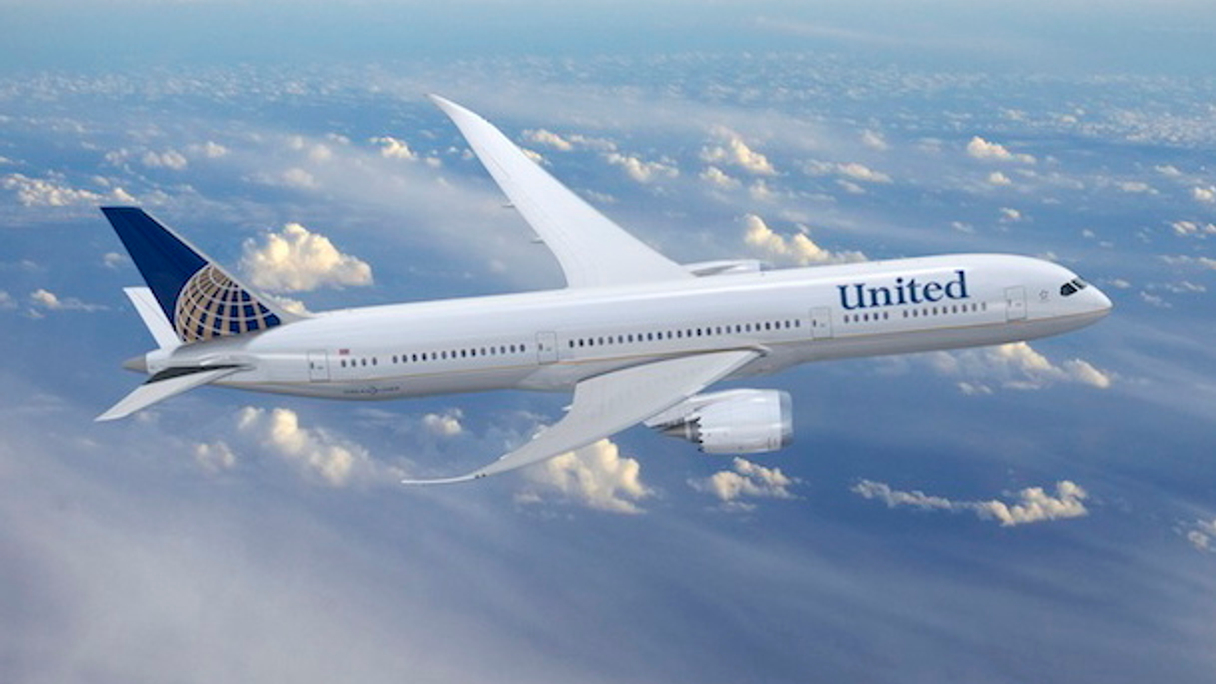In the least surprising announcement to come out of the US commercial aviation industry this year, Houston-based Continental Airlines and Chicago-based United Airlines yesterday said they will merge, forming the largest airline in the world and the biggest US-based air carrier operating to Asia.
As rumoured, the new airline will retain the United name and will be based in Chicago, and Jeff Smisek, the current chairman, president and chief executive of Continental, will become chief executive of United Continental Holdings, the entity's parent company. Glenn Tilton, chairman, president and chief executive of United, will be a non-executive chairman of the new carrier until the end of 2012.
What was new in yesterday's early morning announcement was the financial terms of the deal. In the all-stock transaction, each Continental share will be exchanged for 1.05 United shares. Based on Friday's closing price, the deal is valued at $3.17 billion.
"Together, we will have the financial strength necessary to make critical investments to continue to improve our products and services and to achieve and sustain profitability," Smisek said in a statement.
Later, during a press conference, he called the merger a "match made in heaven". The deal still requires approval from labour groups, shareholders and the US Department of Justice's antitrust division.
Asia will undoubtedly be a critical part of the combined carrier's route network. Together, Continental and United serve 31 destinations in Asia-Pacific -- almost double their closest US competitor Delta Air Lines, which serves 16 cities following its 2008 merger with Northwest Airlines. Continental brings to the table a hub at Guam International Airport through its Continental Micronesia subsidiary and United has a lucrative but contentious hub at Tokyo's Narita International Airport. The airlines have no overlapping routes in the region.
"Continental is strong where United is weak and United is strong where Continental is weak," said Smisek.
Walter Dias, managing director for Greater China and Southeast Asia at Continental, told FinanceAsia last month that if an airline wants to be a player today, it has to be "looking to Asia". While he would not comment on the possibility of a merger at the time, he did say the airlines "complement" each other in the region.
During the first 10 months of last year, the two airlines carried 3.5 million passengers on non-stop flights between Asia and the US (not including Guam and Micronesia), according to the US Bureau of Transport Statistics. Delta carried 2.4 million passengers.
"United already has a strong network in Asia-Pacific, and Continental's presence in key markets like Japan and India will...make it a strong competitor against rivals like Delta," said Shashank Nigam, Singapore-based chief executive of SimpliFlying.com, an aviation blog and airline brand consulting firm.
Nigam added that it is unlikely the merged entity will, at least initially, be a serious threat to Asia-Pacific heavyweights such as Cathay Pacific Airways and Singapore Airlines. "In order to have any chance of racing against Asian carriers, the new airline will have to drastically up its game in terms of service, product and brand strategy," he said.
Singapore Airlines, by way of its membership in Star Alliance which both United and Continental are also a part of, could benefit from the merger as the new airline captures a higher percentage of the Asia-US travel market. Other regional members of the alliance include Air China, Air New Zealand, All Nippon Airways, Asiana Airlines, Shanghai Airlines (although its membership is in question after it was acquired by China Eastern Airlines last July) and Thai Airways.
With regard to Asia, the biggest loser from the deal is likely to be American Airlines. With only six daily flights to Tokyo and Shanghai, it is the smallest US carrier operating to the region despite its recent win over Delta in a bidding war for Japan Airlines' allegiance. American was due to launch a new daily flight from Beijing to Chicago today, but postponed the launch because it had not received "commercially viable landing and takeoff slots" in the Chinese capital.
American Airlines carried 817,160 passengers on non-stop flights between Asia and the US during the first 10 months last year, according to the US Bureau of Transport Statistics.
Continental and United expect the merger to create cost savings and revenue synergies of $1.2 billion by 2013, but to cost the same amount to complete. Pending all the necessary approvals, the deal is expected to close by the end of this year.
In the first quarter, Continental's revenues from the Pacific region totalled $259 million, up 11.6% year-on-year, while United generated $637 million of top-line income from the region, up 17.9% compared to the same period in 2009. Both airlines reported a loss for the quarter -- $146 million for Continental and $92 million for United.
Lazard and Morgan Stanley are financial advisers to Continental on this deal, while Freshfields Bruckhaus Deringer, Jones Day, and Vinson & Elkins are providing legal advice. United is advised by J.P. Morgan and Goldman Sachs, and with regard to legal issues by Cravath, Swaine and Moore.



